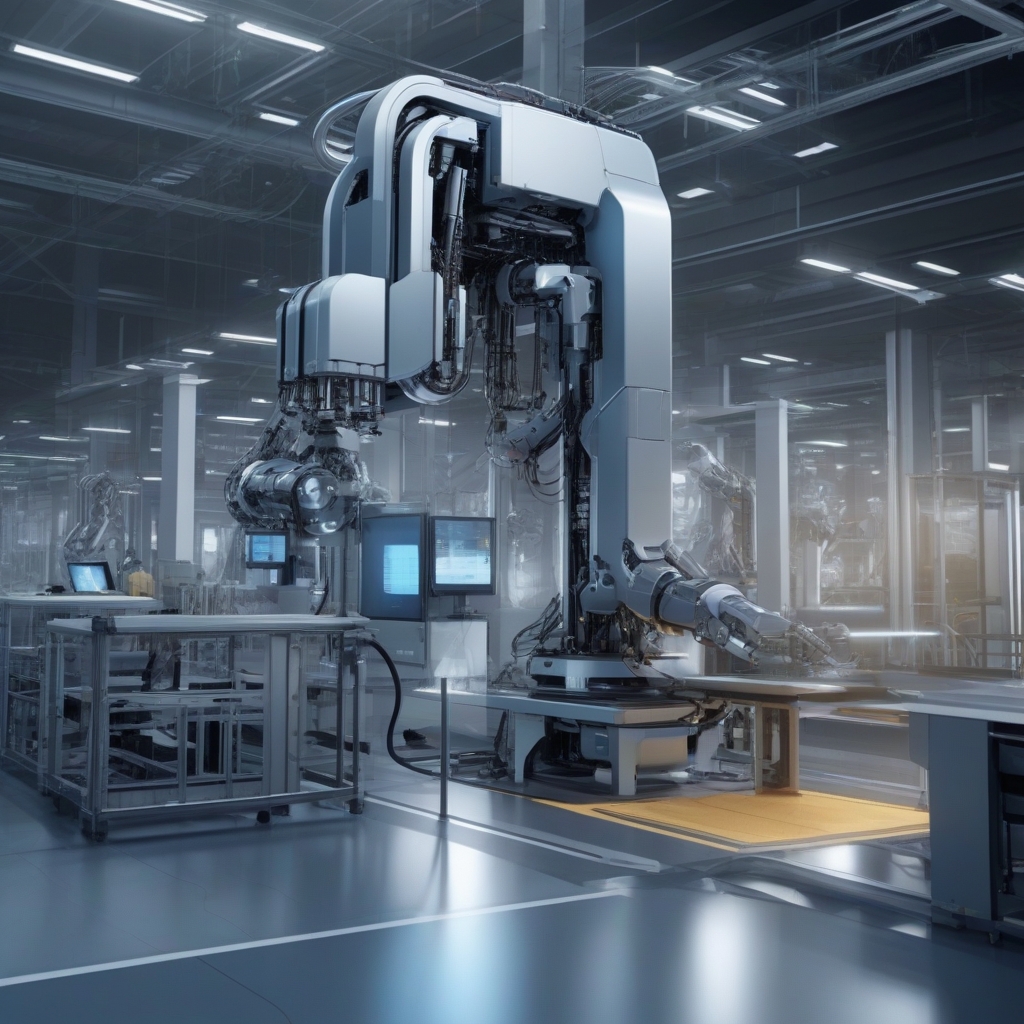The rapid pace of technological advancement continues to transform numerous facets of industry, and none so prominently as automation. As industries evolve, Product Line Engineering (PLE) and Artificial Intelligence (AI) are emerging as pivotal forces in revolutionizing how automation systems are designed, implemented, and optimized. Understanding the intersection of these technologies is crucial for businesses that aim to stay ahead in the competitive landscape.
The Evolution of Automation
Automation has long been a cornerstone of industrial progress, beginning with the mechanization of processes in the industrial revolution to the robotics and computer controls of the late 20th century. Today’s automation goes beyond simple machines performing repetitive tasks; it involves systems that can learn, adapt, and optimize their functions over time. This shift is largely driven by PLE and AI.
Understanding Product Line Engineering (PLE)
Product Line Engineering refers to a systematic approach in developing a family of related products that share common core components but differ in specific features to meet particular needs. In the context of industrial automation, PLE provides a framework for developing flexible and scalable automation solutions suitable for varied and dynamic manufacturing requirements.
Key aspects of PLE in automation include:
- Reuse: Leveraging existing infrastructure and software components to add new capabilities.
- Scalability: Allowing systems to grow or adapt based on demand without starting from scratch.
- Efficiency: Streamlining the development process through standardized processes and components.
The Role of Artificial Intelligence (AI)
AI complements PLE by providing the intelligence needed to optimize and personalize automation systems. AI technologies, such as machine learning and data analytics, empower automation systems to improve decision-making, predictive maintenance, and personalization in manufacturing processes.
AI-driven automation offers:
- Improved Decision-Making: AI systems analyze vast amounts of data to enhance decision-making capabilities, resulting in increased productivity and reduced errors.
- Predictive Maintenance: AI predicts when maintenance is required, reducing downtime and increasing equipment lifespan.
- Increased Customization: AI provides the flexibility to tailor products to specific user needs or shifting market demands without extensive retooling.
Benefits of Integrating PLE and AI in Automation
The fusion of PLE and AI holds significant promise for the future of automation. Combining these technologies results in smarter, more efficient, and highly adaptable industrial processes. Here are some of the primary benefits:
Enhanced Flexibility and Agility
With the ability to rapidly adapt to changing production needs or consumer demands, PLE and AI integration allows businesses to remain agile in the face of market fluctuations. Through AI insights and the adaptable nature of PLE, manufacturers can easily pivot to accommodate new trends or unexpected challenges.
Cost Efficiency
Leveraging PLE to reuse existing components while harnessing AI to optimize operations can lead to significant cost reductions. Organizations save resources on both material and labor costs through enhanced efficiency and reduced waste.
Innovative Product Development
Integrating PLE with AI dramatically accelerates the innovation cycle. AI’s ability to process and analyze data can lead to the discovery of new trends and opportunities, while PLE ensures that new products can be developed rapidly without sacrificing quality or performance standards.
Improved Quality Control
Incorporating AI into manufacturing processes enables real-time monitoring and control, resulting in higher quality outcomes. AI-powered quality assurance systems can detect and correct errors more swiftly and accurately than human monitoring alone.
Challenges and Considerations
While the potential of PLE and AI in automation is immense, several challenges must be addressed for successful implementation:
Complexity in Integration
Integrating AI and PLE into existing systems can be complex, particularly in companies with legacy systems. It requires careful planning and coordination to ensure all components work seamlessly together.
Data Security and Privacy
The vast data required to fuel AI systems raises concerns over data security and privacy. Manufacturers must implement robust measures to protect sensitive information and comply with data protection regulations.
Skill Gaps
The successful deployment and management of these technologies depend on a skilled workforce. Bridging the skills gap through training and education is crucial for maximizing the benefits of AI and PLE.
The Future of Automation
The intersection of PLE and AI is set to reshape the future of industrial automation profoundly. As these technologies continue to evolve, they will drive significant improvements in efficiency, customization, and overall productivity. Organizations that embrace the integration of PLE and AI are poised to lead in the next wave of industrial innovation.
In a landscape defined by intelligent systems and rapid adaptation, the collaboration between human ingenuity and technological sophistication will be paramount in achieving sustained success. By understanding and leveraging the capabilities of PLE and AI, businesses can navigate the path toward a more automated, flexible, and innovative future.

Leave a Reply